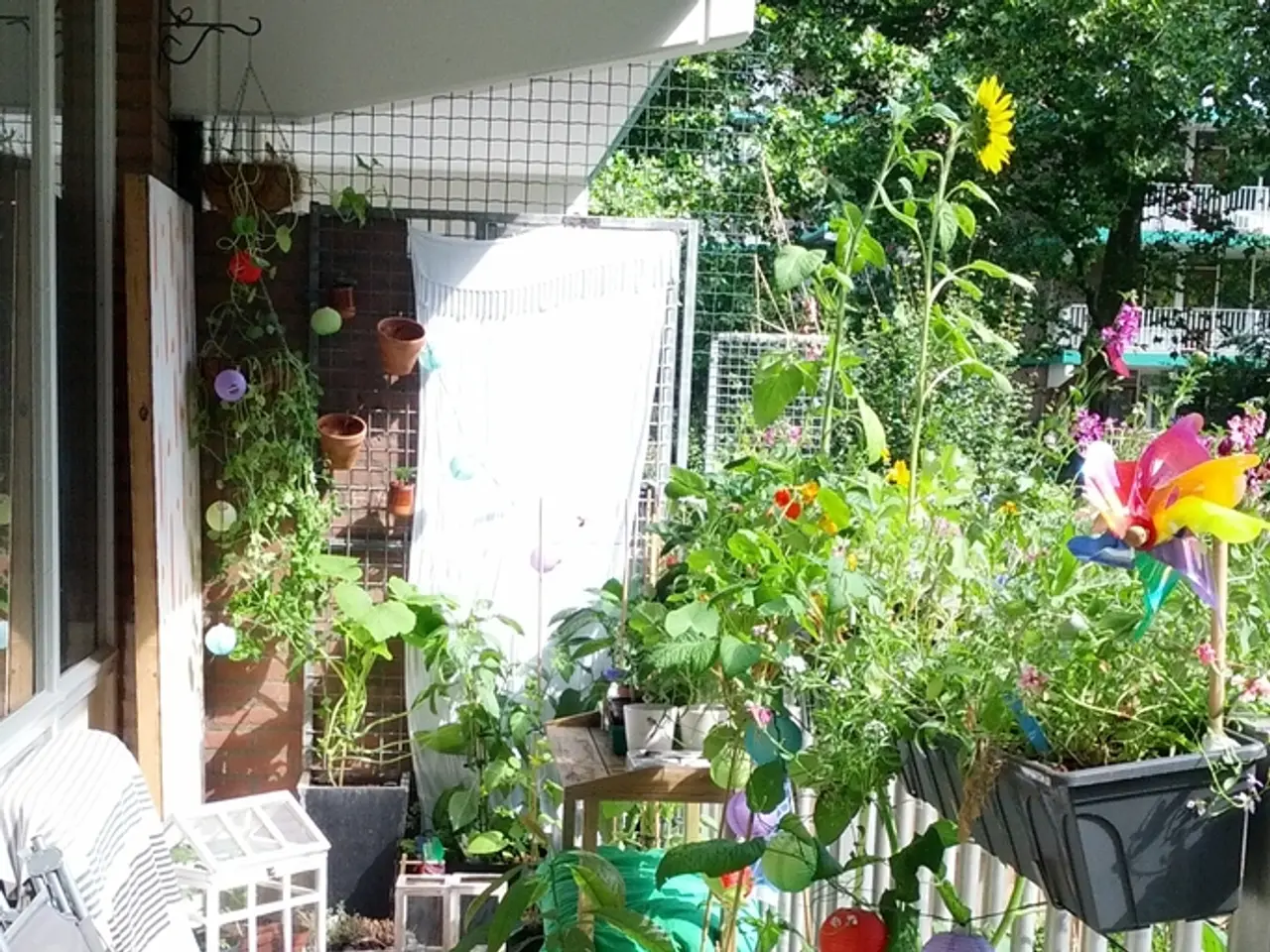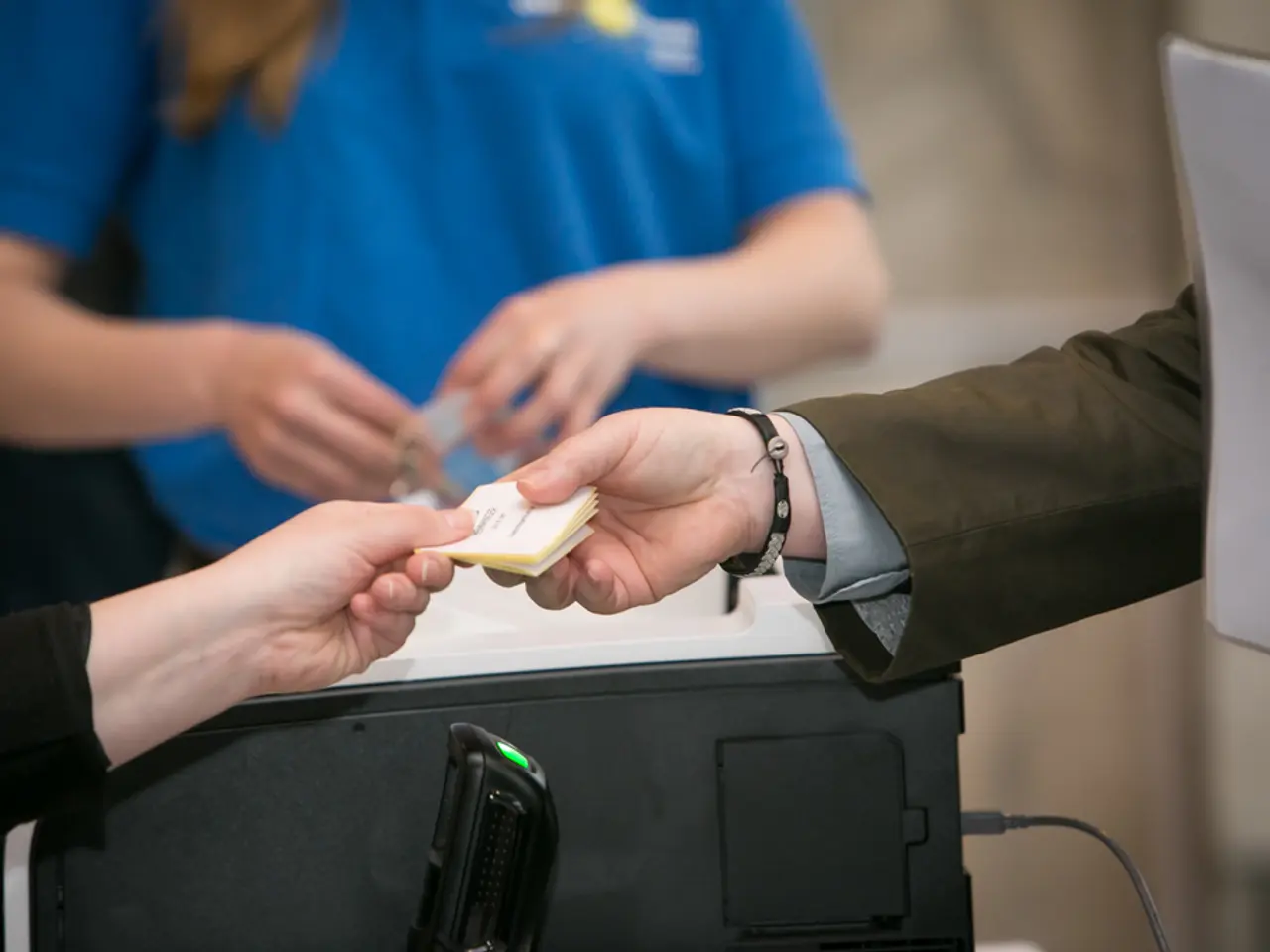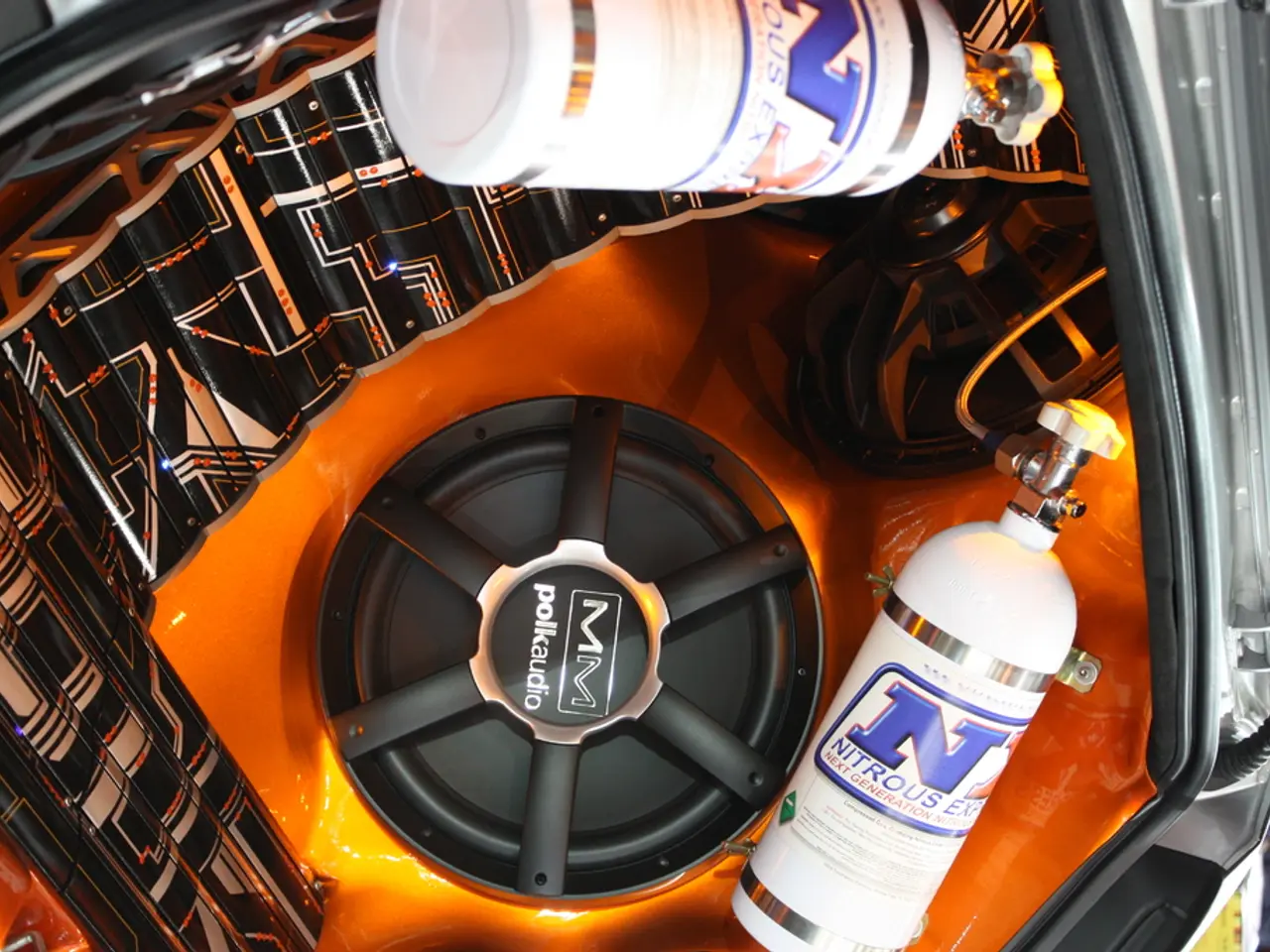Guide to Personalizing Your Digital Abode in the Metaverse
In the ever-evolving digital landscape, the Metaverse offers a unique opportunity for users to create and customise virtual homes that cater to their every whim. From tropical paradises to underwater cities, space stations, and even castles, the possibilities are endless.
This article will explore how users can customise their virtual homes using Unity and Unreal Engine, two popular tools in the 3D environment design world.
**Using Unity (e.g., with Somnium Space SDK)**
1. Set Up Unity and SDK: Install the Unity Editor and set up a new project using a suitable template like the Universal Render Pipeline for better graphics. Integrate the Metaverse platform’s SDK, such as the Somnium Unity SDK, to upload and manage custom worlds, avatars, and interactable objects within the metaverse.
2. Create and Customise Virtual Homes: Use Unity’s scene editor to build your virtual home by placing 3D models of furniture, structures, and décor. Create assets in external 3D modeling software or use pre-made assets from the Unity Asset Store or AI-generated assets for realistic environments.
3. Test and Optimise: Test the home experience in VR or desktop mode to ensure smooth navigation and interaction. Optimise models and scripts for performance within the metaverse environment.
4. Upload to the Metaverse: Use the SDK tools to upload your customised home so it becomes part of the persistent, living virtual world where others can visit or interact with it.
**Using Unreal Engine**
1. Set Up Unreal Engine Project: Create a new Unreal Engine project with VR or 3D capabilities depending on your target experience. Integrate plugins or SDKs offered by the metaverse platform (if available) to connect Unreal projects directly.
2. Design the Virtual Home: Utilise Unreal’s powerful Blueprint visual scripting and high-fidelity rendering to create richly detailed homes with realistic lighting and physics. Import or build 3D assets and arrange your environment, including architectural elements and interactive objects.
3. Add Interactivity and Customise: Blueprint scripting enables interactive elements such as opening doors, changing lighting, or manipulating objects in real time. Integrate AI-generated assets or HDRI environments to enhance realism.
4. Deploy to Metaverse: Export your environment to the supported format and upload it to the metaverse platform, making your home accessible and customisable within the shared world.
Additional Tips: - User-Friendly Builders: Some metaverse platforms offer intuitive builders for direct design on virtual land, useful for non-technical users or rapid prototyping before using Unity/Unreal for advanced features. - Focus on Interactivity: Adding interactive experiences (e.g., smart home devices, personalised avatars) greatly enhances immersion and distinctiveness of your virtual home. - VR Testing: Ensure your home is comfortable and functional in VR using camera rigs and interaction SDKs if the metaverse supports VR.
In summary, customising virtual homes in the Metaverse involves leveraging platform SDKs with Unity or Unreal Engine to design, script, and upload immersive, interactive environments. Unity offers a more SDK-driven, modular approach, while Unreal Engine enables high-fidelity visuals and complex interactivity. Both workflows require creating 3D assets, applying environment customisations, scripting interactions, and integrating with the metaverse’s persistent world.
- Incorporating technology through Unity and Unreal Engine, users can enhance their virtual homes in the Metaverse by designing stunning 3D environments filled with gadgets and interactive objects, tailoring each space to their individual preferences.
- To personalize their virtual homes, users can employ these tools to create detailed environments that seamlessly integrate with the broader Metaverse, showcasing their uniqueness and invited technology to foster immersion.




